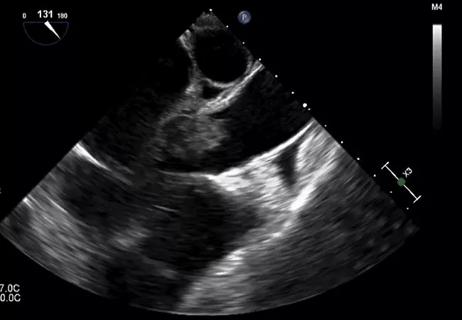Its origins, uses and limitations

By Kenneth C. Cummings, III, MD, MS, FASA
Advertisement
Cleveland Clinic is a non-profit academic medical center. Advertising on our site helps support our mission. We do not endorse non-Cleveland Clinic products or services. Policy
Aspirin (acetylsalicylic acid) and its progenitors are valuable medications with a history spanning at least four millennia. An enormous number of patients take aspirin for a variety of reasons, and managing their therapy around the time of surgery can be challenging.1 Even after 4,000 years, we are still learning about these remarkable drugs.
Over the years, we have learned the broad outlines of using aspirin to prevent and treat cardiovascular disease, to relieve pain and inflammation (its original purpose), and to prevent stent thrombosis.
However, many details remain to be filled in. We need to better define groups who should and should not take aspirin for primary prevention. We also need to understand aspirin’s role in cancer chemoprevention, to find better ways to mitigate its undesirable effects, and to study its role in treating myocardial injury after noncardiac surgery.
Finally, we need to determine which (if any) patients without coronary stents will benefit from continuing their aspirin perioperatively or even initiating aspirin therapy preoperatively.
Will humanity still be using salicylates 4,000 years from now? Probably not. But what we have learned and will continue to learn from this remarkable group of medications will certainly inform new and better therapies in the years to come.
Medicines made from the bark of willow trees (genus Salix) and other salicylate-rich plants have been used as analgesics since at least 2000 bce. References exist on the Ebers Papyrus from Egypt (circa 1550 bce) as well as on ancient Sumerian tablets.2 It was not until the 18th century, however, that Edmund Stone identified salicin, a glycoside of salicylic acid and the active compound in willow bark extract. Searching for a way to reduce the burning throat and dyspepsia caused by salicylic acid, chemists at Friedrich Bayer & Company—the same group that popularized heroin as a “nonaddictive” form of morphine—eventually produced acetylsalicylic acid. Bayer gave the compound the brand name “Aspirin,” using “A” for acetylation, “-spir-“ for Spirea (another common source of salicylic acid), and “-in” as a conventional drug-name ending.3
Advertisement
In the 1940s, a general practitioner in California named Lawrence Craven recognized that many of his post-tonsillectomy patients had to be hospitalized for bleeding after he started recommending they use aspirin-containing chewing gum for pain relief.4 Under the then-debated hypothesis that myocardial infarction (MI) involves thrombosis, he recommended that adult men should take aspirin daily. He believed that women had lower rates of MI because they were more likely to take aspirin, something that men did not view as a “masculine” thing to do.
In a series of letters in journals such as the Mississippi Valley Medical Journal,5 Craven reported his observations of very low rates of MI and no strokes in aspirin users. Given the nonrigorous nature of his research and the obscure journals in which he published, his findings languished for many years. Ironically, he died of an MI in 1957.
In the late 1960s, Weiss et al reported that aspirin rapidly and irreversibly inhibits platelet aggregation.6 In parallel, using biological assays in work that eventually led to the Nobel Prize, Vane discovered that inflammation involves the de novo synthesis of prostaglandins and that aspirin directly inhibits this synthesis.7 Further work connecting these lines of investigation led us to understand that platelet aggregation is enhanced by the prostaglandin derivative thromboxane A2, produced by cyclooxygenase-1, and that aspirin irreversibly inhibits this enzyme by acetylation.
After decades of research ranging from the Physicians’ Health Study to well-named trials such as ARRIVE, ASCEND, and ASPREE, we now know that taking daily low doses of aspirin for primary prevention can reduce the risk of cardiovascular events and may reduce the risk of colorectal cancer—but at the cost of an increased risk of bleeding.8
Advertisement
Which patients will gain the most benefit and incur the least risk is still debated. What is certain, however, is that aspirin has an important role in acute coronary syndromes, secondary prevention of MI and stroke, and prevention of thrombosis after coronary stent placement. In the perioperative setting, we are learning that aspirin may benefit patients with myocardial injury after noncardiac surgery, a recently described clinical entity associated with surprisingly high mortality rates.9,10
Advertisement
Please note: This is an abridged version of an article originally published in the Cleveland Clinic Journal of Medicine.
Advertisement
Advertisement

Not if they meet at least one criterion for presumptive evidence of immunity

Essential prescribing tips for patients with sulfonamide allergies

Confounding symptoms and a complex medical history prove diagnostically challenging

An updated review of risk factors, management and treatment considerations

OMT may be right for some with Graves’ eye disease

Perserverance may depend on several specifics, including medication type, insurance coverage and medium-term weight loss

Abstinence from combustibles, dependence on vaping

An historical view of the disease